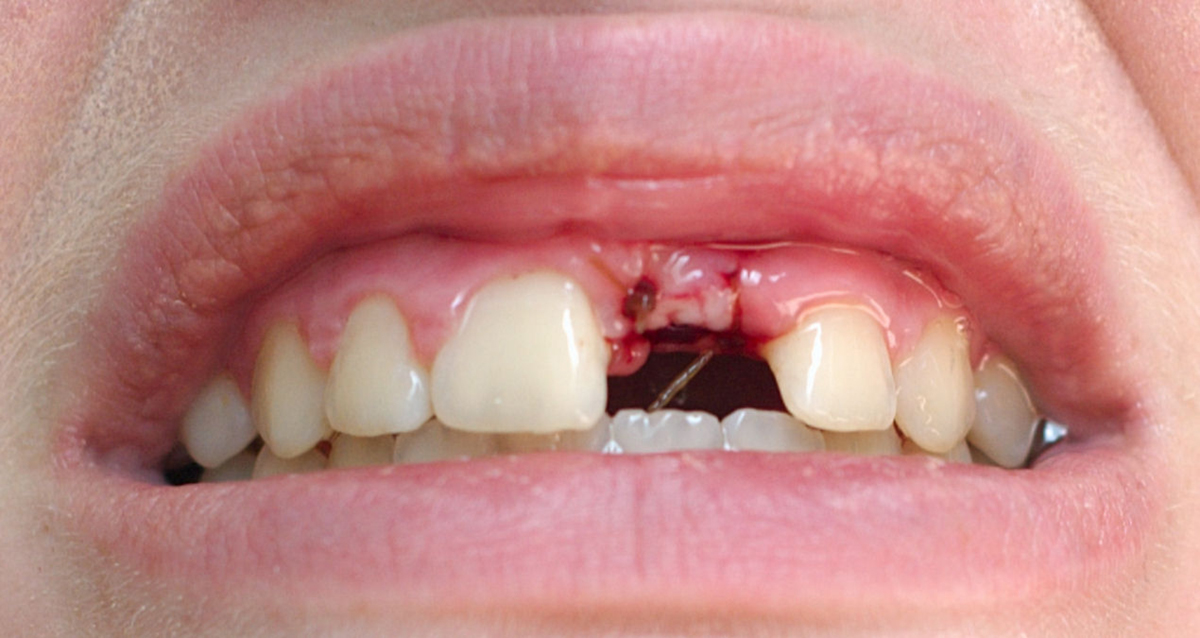Table of Contents
Dental Implants are fast becoming the first choice to restore missing teeth. The cost of getting implant surgery has come down considerably over the last decade, while the procedure itself has become much more predictable and easy to perform.
The biggest advantage that an implant has over all other tooth-restorative methods is that it does not involve or compromise healthy teeth to support the prosthesis. This is what makes it attractive to doctors and patients alike. Dental implants are also extremely versatile in their use and can thus provide an acceptable solution in a variety of clinical settings.

Once the patient has consulted the doctor and decided that getting an implant (or multiple ones for that matter) is the best treatment option available, there are certain things that can be expected before, during and immediately after the procedure.
Pre-Surgical Procedures
Usually a set of peri-apical radiographs, OPG or a cone beam CT scan is done prior to the procedure to help ascertain the kind of bone available at the proposed surgical site. Specialized software that helps the implantologist make accurate measurements about implant length and width, however sometimes these have to altered somewhat depending upon the clinical situation faced at the time of surgery.
The doctor may also choose to fabricate a pre-surgical stent that will act as a guide to help get the ideal angulation during the surgical procedure. All of this will be done prior to the date of surgery and should not require more than a single visit under most circumstances. Impressions may also be taken for the fabrication of any immediate post-operative prosthetic devices if planned for the patient. An immediate prosthesis can also be fabricated after implant placement depending upon the surgical plan.
A thorough medical history will be taken to ensure that there are no contra-indications to the placement of dental implants. A patient with a history of diabetes and smoking in particular will be explained how they are at a higher risk of implant failure than any other patient subset. If however, a patient is a well controlled diabetic and is an occasional smoker then the chances of successful integration of the implant with the jaw bone are similar to any other patient. Investigations for bleeding time, clotting time, blood sugar levels as well as blood pressure readings will be taken as a routine procedure before the surgery.
See Also: Dental Tourism: What, Why, And Where
Absolute contra-indications for the placement of implants include a patient who is undergoing or has recently undergone radiation therapy, an uncontrolled diabetic patient or one who is not mentally fit enough to give informed consent for the procedure.
- Photo courtesy of Sarah_Jones via Flickr: www.flickr.com/photos/sarahakabmg/771607009
- Photo courtesy of Irina Patrascu (www.emergencydentistsusa.com) via Flickr: www.flickr.com/photos/angel_ina/2984869420
- 1. http://www.osseo.org/NEWhowAreImplantsPlaced.html
- 2. http://www.webmd.com/oral-health/guide/dental-implants

